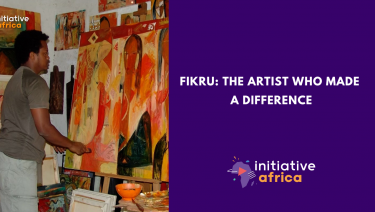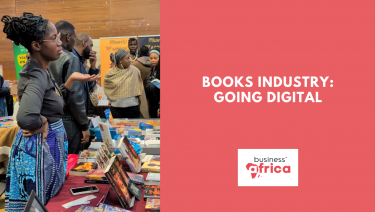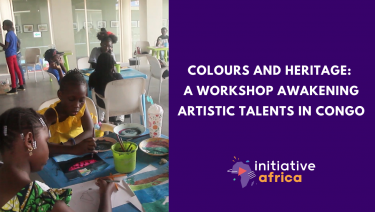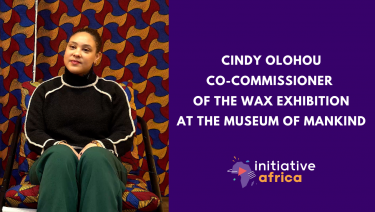Contemporary African Art
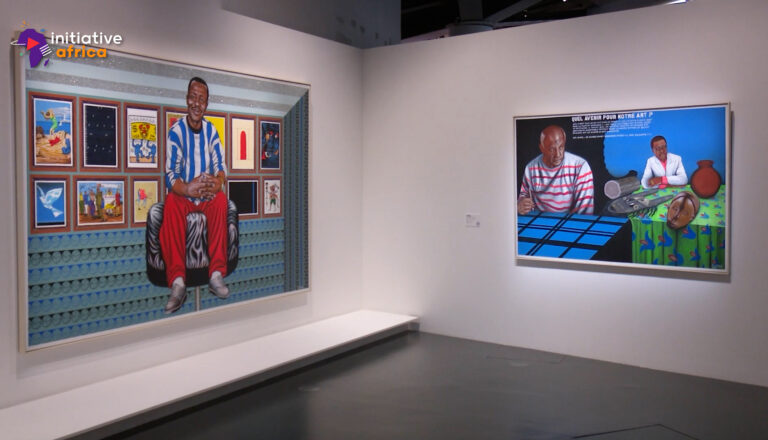
Heidi Ellison
“It is our time,” says Pardon Mapondera, a young Zimbabwean artist, referring to the worldwide upsurge in interest in contemporary African art on the part of collectors, galleries, auction houses and art fairs. Mapondera is one of over 150 emergings and established artists whose work will be shown at the 1-54 Contemporary African Art Fair in London on October 14-17.
Mapondera, who creates colourful abstract textile works and lives in Cape Town, South Africa, sees the newfound global interest in African art as being “driven by the larger trend of inclusivity, away from the previous Western-centric focus.”
Other artists participating in the fair credit communications technology with the newfound visibility and popularity of contemporary African art. Says Stephané E. Conradie, a Zambian sculptor who lives in South Africa, “Artists have the agency to publish their own work via social media and the Internet, curate their own exhibitions and form artistic collectives. The Covid 19 pandemic has proven how important it is to do this,” she says, adding “I am sure that this agency has led to many African artists becoming noticed … free from the confines of the art world’s economy and gallery systems.”
Ugandan sculptor Richard Atugonza agrees. “I can sit in my studio,” he says, “and someone from the United States is Instagramming me that they like my new piece.” He sees such global connections as key to bringing “unutilized resources to the surface. We are rich in stories that haven’t been told and rich in materials that haven’t been explored.”
“I think the time has come for Africa to write a new art history,” says Angèle Etoundi Essamba, a Cameroonian photographer living in Amsterdam who spotlights African women in her work. “We are witnessing the very rich and dynamic creativity of talented artists whose works question our world, politics, the environment.” With the emergence of social networks, she adds, this creativity can no longer go unnoticed.
While they don’t feel the need to be labelled “African artists”, these artists all take pride in their origins. “Being an African artist gives me a unique opportunity to draw attention to the various histories my identity and heritage are made up of,” says Conradie, “This goes for all artists under the African banner – we have diverse perspectives and aesthetics.”
Many of these talented artists find inspiration for both the content and materials of their work in their homeland. Pardon notes that many African artists are finding innovative ways to use materials that represent the societies they come from, such as recycled or discarded materials (like the world-famous Ghanian sculptor El Anatsui) or precious minerals.
Atugonza, who used to make his startlingly lifelike, fragmentary sculptures from burnt plastic, was inspired to switch to charcoal dust by a neighbour who made charcoal briquettes. She showed him how the “sculptural” briquettes were made, and he incorporated the process into his work. “When I created the first sculpture with it, I felt such an incredible growth in my work,” he says. “[It] came from my community, and I named the first piece ‘Limitless’.”
From the community to the unlimited, contemporary African art is finally taking wing.
Now that it’s out there, the only way is up.
See also

CLAYROCKSU, leading female Nigerian rock singer
She grew up singing in church and ended up fronting Nigeria’s rock scene. In this exclusive interview, Clayrocksu opens up about what it means to be a rock artist and a woman in a country dominated by Afrobeats. From her early days mixing Igbo and English lyrics, to building a community of Afro-rock musicians, she shares how music became a form of rebellion, healing, and identity. Between faith, family, and fire, her voice carries a message for all the misfits who refuse to fit in. Journalist: Sharafa

MAMADOU MBODJI: President of the African Friends of Nature Network
“Africa on the Front Lines of Climate Change: Understanding, Acting, Resisting” In this exclusive interview, Mamadou Mbodji, President of the African Friends of Nature Network, reflects on three decades of fighting for climate justice. His message: “Africa can no longer wait. There is an African emergency.” An essential exchange, full of warning and hope. Journalist: Laurence Soustras

Kerfalla Camara: From the asphalt to the stage, the circus as hope in Guinea
Making circus a lever for education and social change. Born in the streets and trained in the circus, Kerfalla Camara is now the head of Circus Baobab, Guinea's first circus company, which has become a benchmark in West Africa. In this exclusive interview, he discusses: - The rebirth of Circus Baobab, a socially engaged circus - The fight to provide education to out-of-school children - The Guinean cultural roots in each show - The courage to tackle taboo subjects, such as female genital mutilation, in their latest creation, Yongoyely A powerful account of art as a tool for emancipation and social transformation. Journalist: Alexandra Vépierre
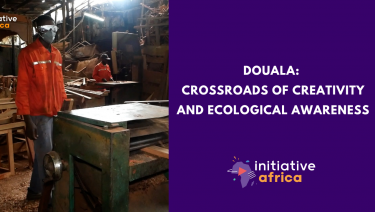
Douala: Crossroads of Creativity and Ecological Awareness
In Cameroon, the artisanal woodworking industry is taking an eco-responsible turn. Faced with increasing deforestation, some sculptors, like Jean-Claude Dongmo, are choosing to recycle abandoned materials into unique works of art. In this report filmed in Douala, discover how these artisans: - Reinvent their traditional know-how - Train young people in sustainable trades - Contribute to the preservation of Cameroon's forests An immersion at the intersection of art, knowledge transfer, and environmental commitment. Journalist: BOUNYA Maxime Farrel
